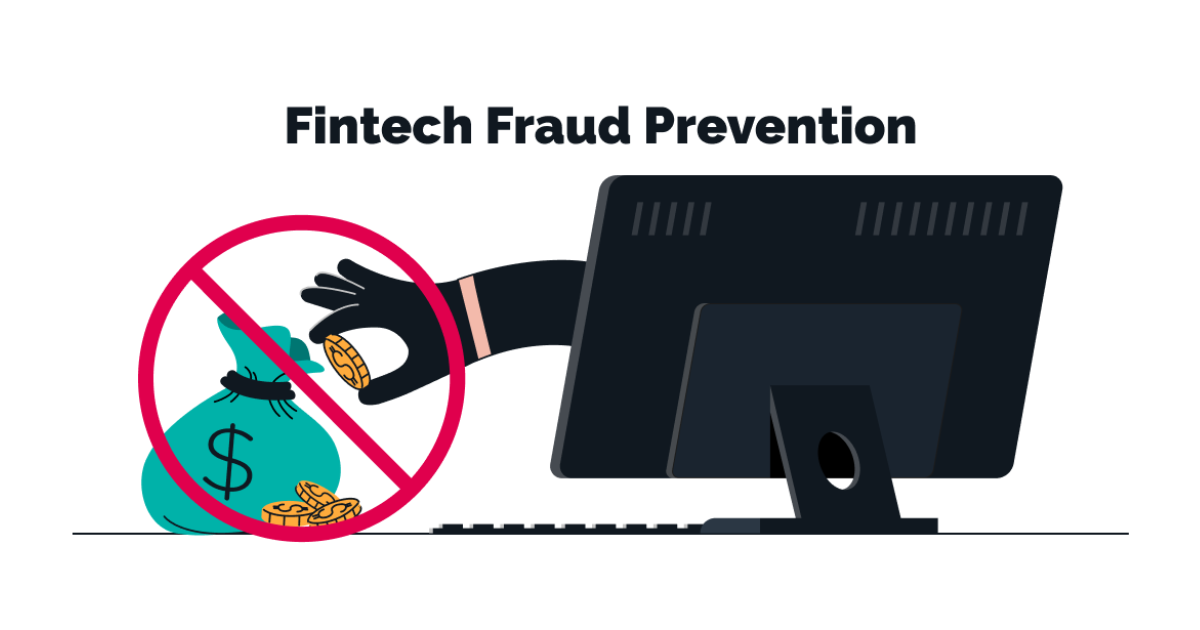Mortgage insurance protects lenders if borrowers can’t pay their home loans. It’s needed when buyers put down less than 20% of the home’s price. This way, people can buy homes even with small down payments.
This insurance doesn’t let you skip payments without facing foreclosure. It’s a safety net for lenders. The cost of this insurance is added to your monthly mortgage payment. This is important for those with smaller down payments.
Key Takeaways
- Mortgage insurance protects lenders against the risk of borrower default on home loans.
- It is typically required when the down payment is less than 20% of the home’s purchase price.
- Mortgage insurance does not mean you can stop making payments without risking foreclosure.
- The cost of mortgage insurance is often included in the borrower’s monthly mortgage payment.
- Mortgage insurance is mandatory for certain loan types, such as FHA and USDA loans.
Understanding Mortgage Insurance
Mortgage insurance is key in the real estate world. It protects lenders and homebuyers. It’s a policy that shields lenders if borrowers can’t pay their loans. This lets lenders offer mortgages with smaller down payments, helping more people buy homes.
Definition of Mortgage Insurance
Mortgage insurance, or private mortgage insurance (PMI), covers a part of the lender’s risk. It’s needed when buyers put down less than 20% of the home’s price.
Purpose of Mortgage Insurance
The main goal of mortgage insurance is to protect the lender from losses if a borrower defaults. It lets lenders offer mortgages with smaller down payments. This makes buying a home easier for more people, boosting the real estate market.
But, mortgage insurance doesn’t shield the borrower from default risks. Homeowners must still make their mortgage payments on time. If they don’t, they risk losing their home to foreclosure.
“Private mortgage insurance has helped nearly 39 million low down payment households to purchase a home or refinance an existing mortgage.”
| Key Mortgage Insurance Statistics | Value |
|---|---|
| USMI members’ excess capital over PMIERs requirements | $11.4 billion |
| Risk transferred through MI-CRT Structures since 2015 | Nearly $75.2 billion on $3.5 trillion of insurance-in-force |
| Claims covered by private mortgage insurers since GSE conservatorship | Nearly $60 billion |
Types of Mortgage Insurance

There are several types of mortgage insurance for home financing. Each has its own purpose and costs. Let’s look at the main differences.
Private Mortgage Insurance (PMI)
If you get a conventional loan with less than 20% down, you’ll need PMI. PMI costs between 0.5% and 2% of the loan yearly. It can reach 6% in some cases. The price depends on your down payment and credit score.
Federal Housing Administration (FHA) Mortgage Insurance
FHA loans require mortgage insurance, called Mortgage Insurance Premium (MIP). You pay a one-time MIP and an annual payment. This ranges from 0.45% to 1.05% of the loan amount.
USDA Loan Mortgage Insurance
USDA loans don’t need private insurance. Instead, you pay a 3.5% upfront fee and an annual fee up to 0.5%. These fees replace mortgage insurance.
| Loan Type | Mortgage Insurance Requirements | Typical Costs |
|---|---|---|
| Conventional Loan | Private Mortgage Insurance (PMI) for down payments less than 20% | 0.5% to 2% of loan balance per year |
| FHA Loan | Upfront Mortgage Insurance Premium (MIP) and annual MIP | Upfront MIP: 1.75% of loan amount Annual MIP: 0.45% to 1.05% of loan amount |
| USDA Loan | Upfront guarantee fee and annual fee | Upfront fee: Up to 3.5% of loan amount Annual fee: Up to 0.5% of loan amount |
Knowing about mortgage insurance types and costs is key when choosing a home loan.
Mortgage Insurance Costs and Calculation

The cost of mortgage insurance changes a lot based on different things. Knowing what affects mortgage insurance premiums is key when planning to buy a home.
Factors Affecting Mortgage Insurance Costs
Several things decide how much you’ll pay for mortgage insurance. These include the type of insurance, your loan-to-value (LTV) ratio, and your credit score. The length of your loan and if the interest rate is fixed or adjustable also matter. Plus, the coverage amount your lender needs and if you can get a refund can change the cost too.
Calculating Mortgage Insurance Premiums
Expect to pay 0.1% to 1% of your loan’s amount each year for private mortgage insurance (PMI). A safe guess is 1% for PMI. Your monthly mortgage insurance premium will vary based on your loan’s details and the insurance needed.
For example, a $300,000 loan with 10% down might cost $300 to $3,000 a year for insurance. That’s $25 to $250 monthly.
“PMI is generally required for conventional loans when the down payment is less than 20% or the loan-to-value (LTV) ratio is over 80%.”
Mortgage insurance costs are different from your monthly mortgage payment. They’re meant to protect the lender, not you, if you default. To stop paying PMI, ask your lender to cancel it when your LTV ratio falls below 80%.
Mortgage Insurance and Loan Types

Choosing the right mortgage loan is crucial. It affects the mortgage insurance you need. Conventional loans and FHA loans have different rules for insurance.
Conventional Loans and PMI
Conventional loans often require private mortgage insurance (PMI). This insurance is paid monthly, with no upfront cost. The cost of PMI varies based on your loan-to-value ratio and credit score.
PMI can be canceled when you have 20% equity in your home. This can happen through your home’s value increase or your mortgage payments. There are two types of PMI: borrower-paid and lender-paid. Borrower-paid PMI requires 22% equity for cancellation. Lender-paid PMI may raise your loan’s interest rate by 0.25% to 0.5%.
FHA Loans and Mortgage Insurance Premiums
FHA loans require mortgage insurance premiums (MIP) paid to the Federal Housing Administration (FHA). This insurance has an upfront cost and a monthly payment. The upfront MIP is 1.75% of the loan amount. The annual MIP ranges from 0.45% to 1.05% based on your loan details.
FHA loans offer a benefit. You can add the upfront insurance to your loan instead of paying it upfront. This increases your loan amount and costs.
Also Read: The Benefits Of Short-Term Insurance For Temporary Coverage
Conclusion
Mortgage insurance is key for homebuyers, especially those with down payments under 20%. It shields the lender if the borrower can’t pay. There are many types, like PMI, FHA, and USDA, each with its own costs and payment plans.
Knowing about these insurance types and their costs is vital for planning a home buy. The down payment, loan type, and credit score all affect the insurance needs and costs. Buyers should look at their options and talk to their lender to find the best insurance for them.
Homebuyers need to consider mortgage insurance costs when buying a home. Whether it’s PMI for a conventional loan, MIP for an FHA loan, or USDA insurance, it’s part of the cost. By understanding these options, buyers can make smart choices and get ready for the full cost of owning a home.
FAQs
Q: What is mortgage insurance and why do I need to pay mortgage insurance?
A: Mortgage insurance is a policy that protects the lender in case the borrower defaults on a mortgage loan. If you have a conventional mortgage with a down payment of less than 20%, you may be required to pay mortgage insurance to safeguard the lender’s investment.
Q: How can I avoid mortgage insurance?
A: To avoid mortgage insurance, you can make a down payment of 20% or more when purchasing a home. Alternatively, some lenders offer options like lender-paid mortgage insurance, which can eliminate the need for a separate PMI payment.
Q: What does mortgage insurance cover?
A: Mortgage insurance primarily protects the lender in case of default. If the borrower stops making payments and the home goes into foreclosure, the mortgage insurance may cover a portion of the lender’s losses.
Q: What are some common mortgage insurance FAQs?
A: Common mortgage insurance FAQs include questions about how much you will pay for PMI, how it is calculated, when it can be canceled, and the differences between borrower-paid and lender-paid mortgage insurance.
Q: Can I pay PMI on a VA loan?
A: No, VA loans do not require borrowers to pay PMI. Instead, they may have a funding fee, which can be financed into the loan amount, making it more affordable for veterans and active military members.
Q: What happens if I take out a second mortgage? Do I still have to pay mortgage insurance?
A: If you take out a second mortgage while having an existing first mortgage that requires mortgage insurance, you may still need to pay PMI on the first mortgage. However, the second mortgage itself may not require additional mortgage insurance.
Q: Is title insurance the same as mortgage insurance?
A: No, title insurance and mortgage insurance serve different purposes. Title insurance protects against losses from disputes over property ownership, while mortgage insurance protects the lender in case of borrower default.
Q: How is the PMI payment calculated?
A: The PMI payment is typically calculated as a percentage of the original loan amount and can vary based on factors like credit score and the size of the down payment. It can be charged as a monthly premium or as an up-front mortgage insurance premium.
Q: How long will I be required to pay mortgage insurance?
A: The duration of mortgage insurance payments depends on the type of loan and the down payment amount. For conventional loans, PMI can be canceled once the mortgage balance reaches 80% of the home’s original value, while some loans may require PMI for the life of the loan.
Source Links
- https://www.consumerfinance.gov/ask-cfpb/what-is-mortgage-insurance-and-how-does-it-work-en-1953/
- https://www.rocketmortgage.com/learn/understanding-the-different-types-of-mortgage-insurance
- https://www.investopedia.com/terms/m/mortgage-insurance.asp





